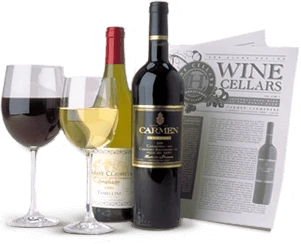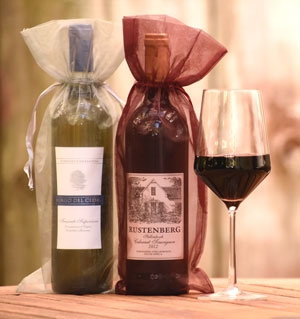Château Eulalie is the pride and joy of Laurent and Isabelle Coustal. The Coustals are originally from Bordeaux where Laurent still works. Together they have resurrected and restored the ancient Minervois vineyards surrounding their domaine, including the old vines at Château Eulalie. They grow Syrah, Grenache, and Carignan, the three traditional and most important grape varietals of Languedoc.
Isabelle Coustal is the winemaker and artisan in residence at Château Sainte Eulalie. She fashions several wines from old vines, including Plaisir d’Eulalie and La Cantilène. Both red wines spring from old vines from some of the Languedoc’s most renowned terroirs. Plaisir d’Eulalie is picked entirely by hand and bottled unfiltered in order to preserve its freshness and rich, haunting flavors. After more than a decade of outstanding work at Château Eulalie, Madame Coustal has earned her reputation as one of Languedoc’s premier winemakers.
Languedoc is the world’s largest single viticultural area, encompassing many appellations and distinctive sub regions – all of which are capable of producing fine wine. This sprawling viticultural wonderland stretches all the way from the Spanish border in the southwest, within sight of the towering Pyrenees, to the banks of the Rhône River far to the northeast. Languedoc cuts a huge swath of dry coastal plain and sheltered mountains from which flow the guts and the glory of French viticulture.
The Languedoc, whose name is synonymous with the language of southern France, was the first part of ancient Gaul to be extensively planted to the vine. And long before the Romans and Caesar’s legions had subdued the Gallic tribes, wine was big business in Languedoc. The Phoenicians passed this way, and not surprisingly the region’s beauty and superb conditions for the cultivation of the vine did not escape the first Greek colonists who planted vines there, making Languedoc the cradle of French viticulture in the fifth century BC. For nearly two thousand years, Languedoc remained the “big dog” and premier purveyor of wine to France and the world. Sadly, the glory of France’s most historic wine region – the birthplace of troubadours and Provencal, the lyrical language of poetry – ended in the 19th century with the advent of phylloxera.
Phylloxera, the most dreaded of all vine diseases because it attacks the roots and systematically sucks the life out of a vine, devastated the vineyards of France in the 19th century, targeting Languedoc as its prime host. Following the phylloxera outbreak, the Languedoc lost most of its premier hillside vineyards, old vines and premium varietals. Subsequent replanting was undertaken using inferior grape varietals that would quickly bring high yields and much needed cash. Moreover, the great hillside vineyards descended to the plains, where soil, drainage and exposure (terroir) were inferior to the older, loftier heights of legend and lore. Unfortunately, throughout the late 19th century and most of the 20th century as well, the Languedoc languished in the doldrums of viticultural obscurity, unless of course one considers every day plonk as a beverage of choice. Once the proud bastion of French viticultural excellence, the Languedoc became the world’s major source of huge quantities of insipid wines, whose main virtues were none other than high alcohol and cheap prices – all of which were subsidized by the French government.
Today, the Languedoc is returning to its former glory. The worldwide demand for cheap, coarse wine no longer exists; the emphasis today is on quality rather than quantity. In addition, the only official incentive for grape growers is to plant premium varietals, move back to the ancient hillside sites, and produce less wine of greater quality. Since the 1970’s that is exactly what has been happening, which has led viticulturalists and critics alike to proclaim a veritable Renaissance in the Languedoc, especially in the favored appellations of Minervois, Corbières, Pic St. Loup, and several other choice hillside vineyards of the Languedoc that have produced fine wine for millennia.

Enjoy Limited Production Estate
Bottled Wines
Discover limited production estate bottled wines such as Vergenoegd's internationally
acclaimed 2005 Cabernet Sauvignon, imported exclusively for our members.


